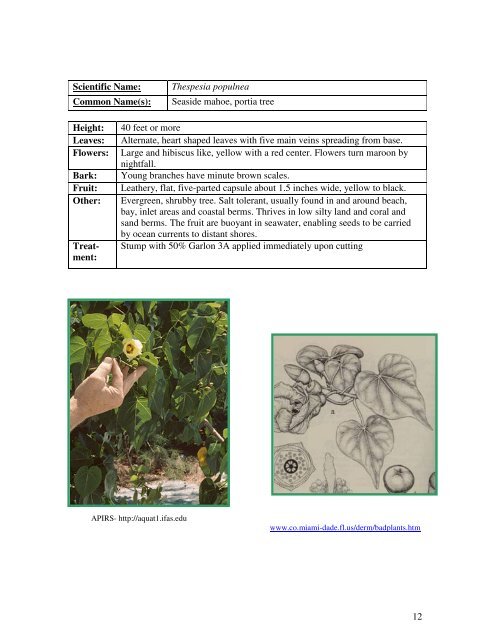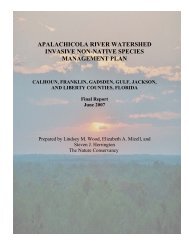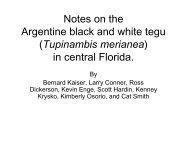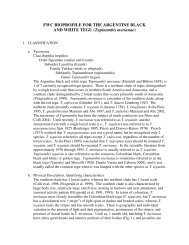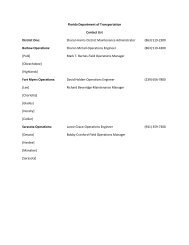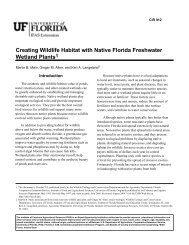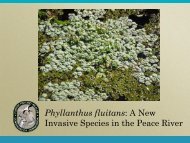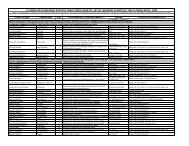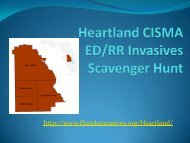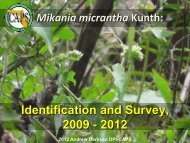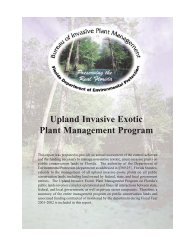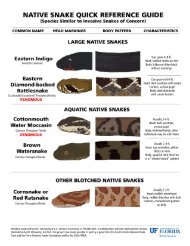Identification Guide For Invasive Exotic Plants of the Florida Keys
Identification Guide For Invasive Exotic Plants of the Florida Keys
Identification Guide For Invasive Exotic Plants of the Florida Keys
You also want an ePaper? Increase the reach of your titles
YUMPU automatically turns print PDFs into web optimized ePapers that Google loves.
Scientific Name:<br />
Common Name(s):<br />
Thespesia populnea<br />
Seaside mahoe, portia tree<br />
Height:<br />
Leaves:<br />
Flowers:<br />
Bark:<br />
Fruit:<br />
O<strong>the</strong>r:<br />
Treatment:<br />
40 feet or more<br />
Alternate, heart shaped leaves with five main veins spreading from base.<br />
Large and hibiscus like, yellow with a red center. Flowers turn maroon by<br />
nightfall.<br />
Young branches have minute brown scales.<br />
Lea<strong>the</strong>ry, flat, five-parted capsule about 1.5 inches wide, yellow to black.<br />
Evergreen, shrubby tree. Salt tolerant, usually found in and around beach,<br />
bay, inlet areas and coastal berms. Thrives in low silty land and coral and<br />
sand berms. The fruit are buoyant in seawater, enabling seeds to be carried<br />
by ocean currents to distant shores.<br />
Stump with 50% Garlon 3A applied immediately upon cutting<br />
APIRS- http://aquat1.ifas.edu<br />
www.co.miami-dade.fl.us/derm/badplants.htm<br />
12


